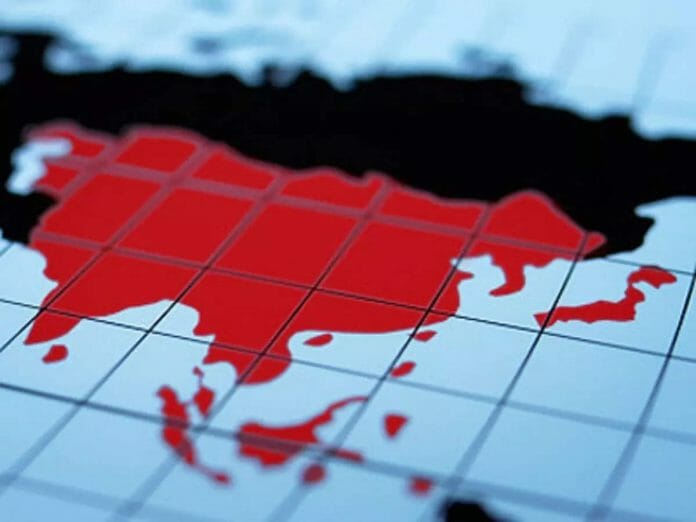The reformation of the Malaysian economy was focused on several areas, consolidating the fiscal position, increasing government revenue and reforming the energy sector and building the digital and technology ecosystem for future growth.
Taking a cue from Malaysia’s quarter one 2023 gross domestic product growth of 5.6% year-on-year, which was stronger than expected, said CLSA in the recent Market Outlook Report.
The government believes it should take advantage to focus its efforts on economic restructuring to reduce the country’s vulnerability to global headwinds. Note that Malaysia has a medium-term fiscal framework with a target of reducing the fiscal deficit to 5% in 2023 and to 3.2% by 2025.
The government announced the retargeting of electricity subsidies which could bring in RM5 billion to RM10 billion in savings to the government’s coffers.
Preliminary estimates include the targeted subsidy for diesel which is currently in discussion at the National Economic Action Council and could bring a combined savings of RM20 billion to 25 billion.
The savings would give the government room to consider a few options, more allocation to development expenditures while managing the country’s fiscal deficit situation and to set aside some of the savings for social safety nets and non-infrastructure related investments for skills and capability building.
It could also allow the government to reconsider the mechanism for the RON95 petrol subsidy which is widely used by the general public. However, to implement the targeted petrol subsidy effectively the government needs to have a robust database (Pangkalan Data Utama, PADU) which is expected to go live by January 2024.
The database will allow the government to shift away from an income-based segregation of B40, M40 and T20 to one that is categorised by net disposable household income which will allow the government to better refine and retarget subsidies accordingly.
The biggest milestone for the Energy Reform is the reversal of policy to lift the ban on the export of renewable energy (RE) to enhance Malaysia’s green economy policy.
The ban was imposed under the previous government in October 2021. This in itself is catalytic to local companies in the RE sector. Through the Renewable Energy Strategic Development proposal, the government agreed to increase the capacity of RE up to 70% by 2050.
While there is already a move to install solar panels on government buildings, in small steps, the government is encouraging households to install solar power panels as well.
However, on a bigger scale, the country will involve a lot of new investments for large solar farms and renewable energy dedicated industrial zones.
It is not just photovoltaic cells but overall construction and infrastructure that has to be put in place. The estimate for Malaysia to scale-up its RE capacity is that it would need up to RM637 billion in investments till 2050.
Although several announcements and initiatives have been made, there seems to be little excitement in the market judging by the benchmark FBMKLCI Index. Ex-Tenaga which is deemed an indirect proxy to the RE play, only 0.3% (including Tenaga: 3.6%) of the market cap relates to RE plays.
“Within the digital and tech spaces, we believe over time there will be more data centre proxies in the market. The companies with a foot in the door are YTL Corp and Gamuda, while for batteries, Genetec is a proxy,” said CLSA.









